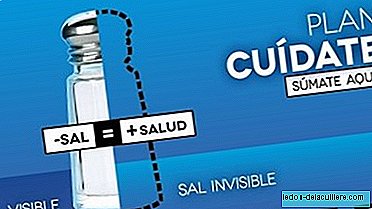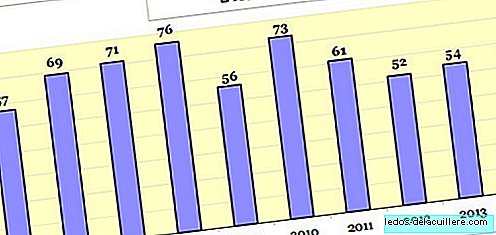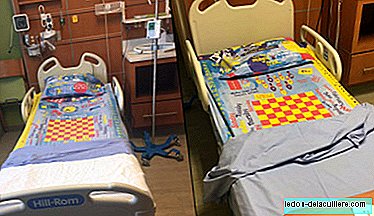
We recently saw that children consume too much salt according to recommended intake values, and what recommendations were used to avoid this excess. The Food Safety and Nutrition Agency has launched a website so that we can know the salt we consume daily, the 'hidden' amount of this seasoning that food contains and how to cook in a healthier way.
AESAN, under the Ministry of Health, has launched the campaign "Take care +: LESS salt is MORE health", an initiative framed in the Action Plan for the reduction of salt consumption in Spain, initiated in 2010 and that already achieved, through an agreement with the bakers, reduce in four years 20% of salt that contained the bread in Spain.
According to AESAN data, more than 80% of Spaniards consume more salt than recommended by the World Health Organization. In addition, the average intake of this seasoning in Spain is 9.9 grams per person per day, almost double that recommended by WHO, which is a maximum of 5 grams per day.
Salt (sodium) is essential for life, but it can also be harmful for health if consumed in excess. Our body only needs small amounts of salt to function properly.
We know that for young children it is preferable to cook without salt, since sodium is already in many foods, but when children grow up and start eating the same as the whole family, according to these data they receive much more salt than is recommended. That's why the advice on the web will be good for everyone, adults and especially children.
If we register on the "Take Care +" website, we will receive in our email 20 useful tips to maintain a good level of salt on a daily basis, for a month and from Monday to Friday. They will also send a recipe book, with low salt recipes prepared by the School of Hospitality of Madrid.
On the web we find a "Salt Calculator", where we can find out, by entering the age and the foods we consume, if we exceed the recommended amount of salt. In addition, on this site you can learn to read food labels and know what real amount of salt they contain.
And, at present, some foods specify their amount of salt, others give their sodium content. To know the amount of salt of the latter you have to multiply the figure by 2.5.
The EU food information regulation to standardize food labeling, already approved and to be applied in the next three years, will end this and other problems with this type of information.
Definitely, the campaign "Take care +: less salt is more health" It suits us all, but especially those of us who have small children and we care about their health. A gesture as simple as not putting salt in meals (or putting too little), or buying bread without salt, help us control the excess of this ingredient. We expect more advice in the campaign.












